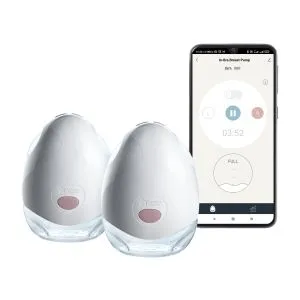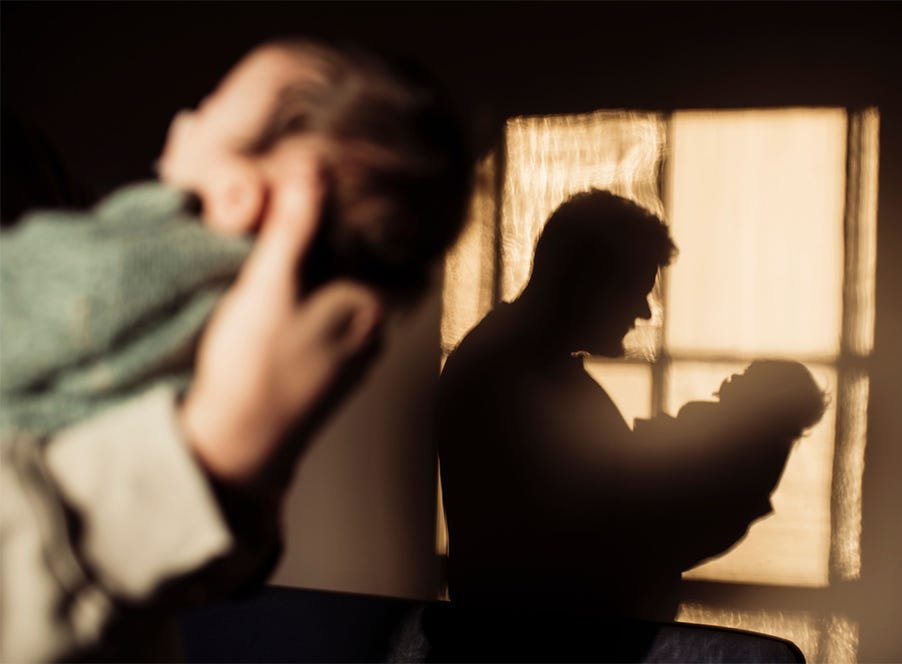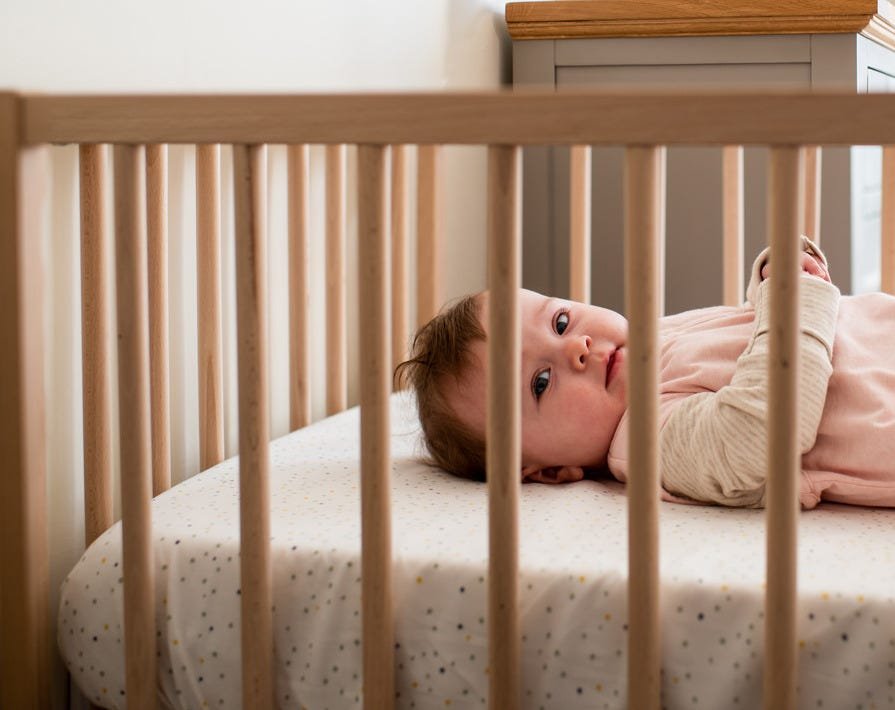Making sure that your baby's sleep space is at just the right temperature and not too hot or cold is very important.
This is not only for their comfort, but also to keep them safe. After all, they can't speak yet, and so are unable to let you know if they're uncomfortable.
If you're wondering what the perfect room temperature for a baby is, and how you can help to keep them comfy, we've got all the answers you need in this handy guide.
What is the best room temperature for a baby?
The ideal temperature for a baby's room is between 50-71°F. You can use a room thermometer to monitor the temperature and reassure you that your baby's room is at the perfect temperature.
If the room feels too hot or a little chilly to you, then the chances are your baby will feel the same!
Why is it so important to get the right baby room temperature?
At first, newborn babies are extra sensitive to room temperatures that are too cool or warm because they're still developing. By around 11 weeks, they begin to be able to regulate their body temperature on a night-time.
Even as they grow and develop, it's still really important to ensure that their room is at a safe, comfortable temperature. You should also make sure that they're wearing appropriate sleepwear for the temperature of the room.
In general, babies don't need to sleep in a hot room to be comfortable. When little one's are at the perfect temperature as they sleep, they're able to conserve their energy for growth.
The risk of Sudden Infant Death Syndrome (SIDS) can increase with overheating. If your baby's room is too hot or there is too much clothing or bedding, your baby can overheat. For this reason, it's important that you don't overdress babies for sleep or heat their room too much, even during the colder months of the year or when they're unwell.










